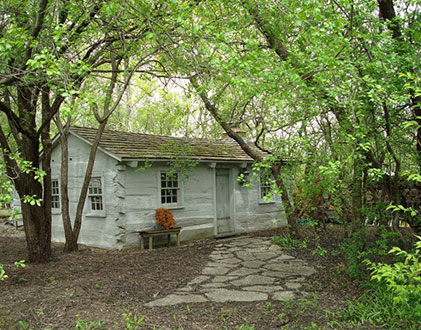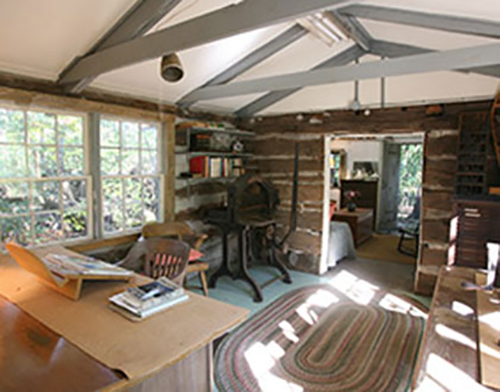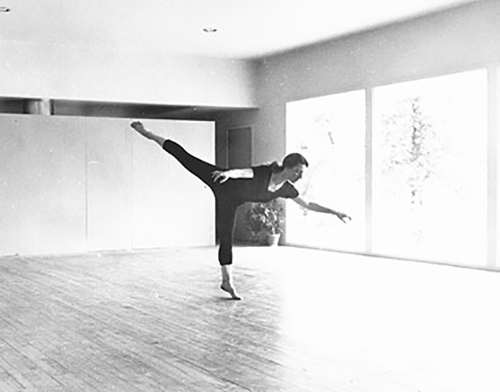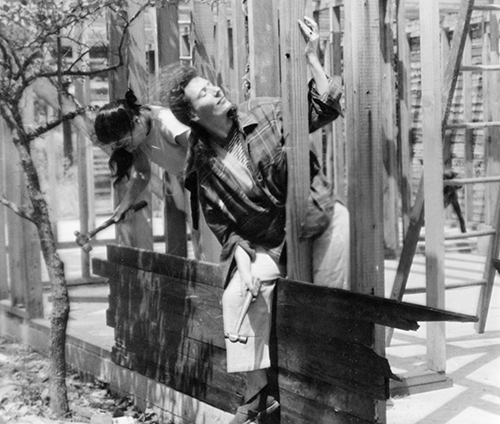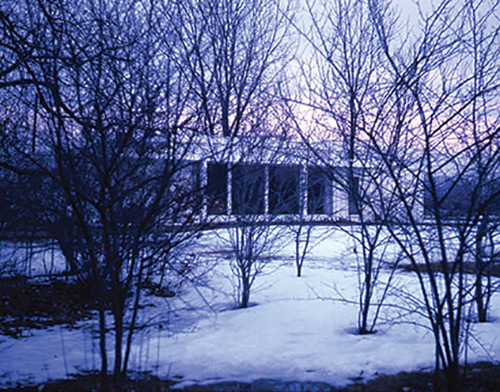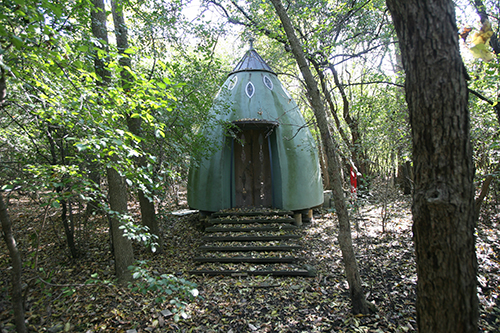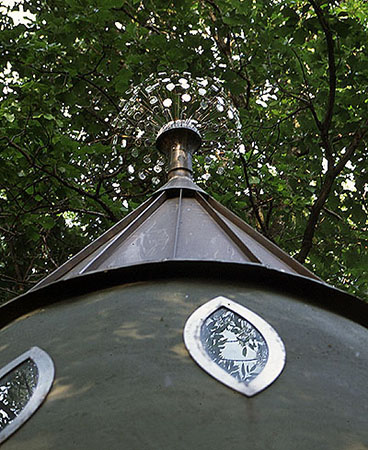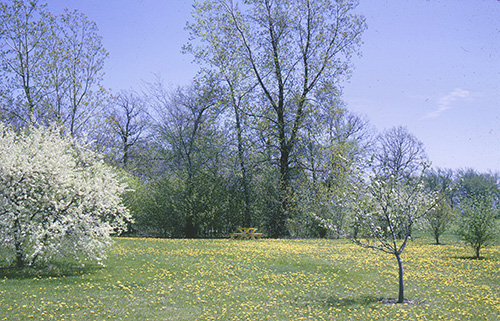A Sense of Place
Tucked in along a dead-end rural lane, the Morrison residence and nearby Shearer studio occupy little more than three acres. Separated by and yet connected by the now defunct Green Acres Country Club, shared vistas and landscapes made the compound seem more expansive than it actually was.It is impossible to overstate how deeply meaningful this environment became as a center of creativity. Dancing and filming took place on the golf course. Helen’s basement dark room brought to life the portraits of Great Americans. In her studio Sybil created her solos and taught her company to dance. In his log cabin Helen’s husband Robert (Bob) designed and printed programs and posters for Sybil’s performances. Students, performers, designers, critics, friends, and notables from across the country came to visit. Afternoon tea on the porch was a ritual — and there were always dogs.After Sybil’s death, the Trustees continued to use the studio until conditions made it impossible. In 2020 a formal Historic American Buildings Survey document was completed for the National Park Service, memorializing this important mid-century modern building. A new studio is planned at the Ragdale Foundation in Lake Forest.


